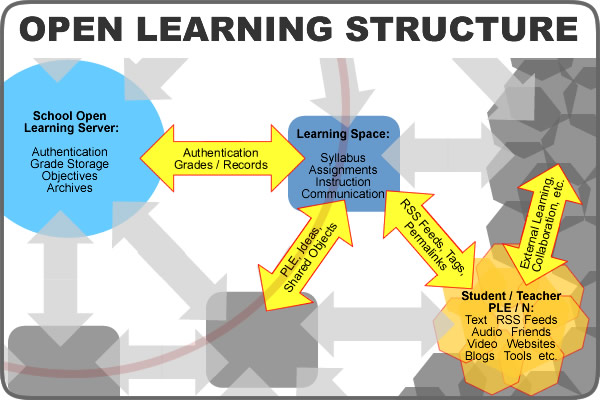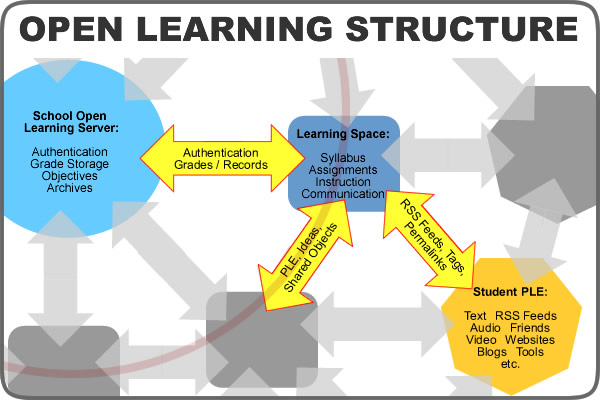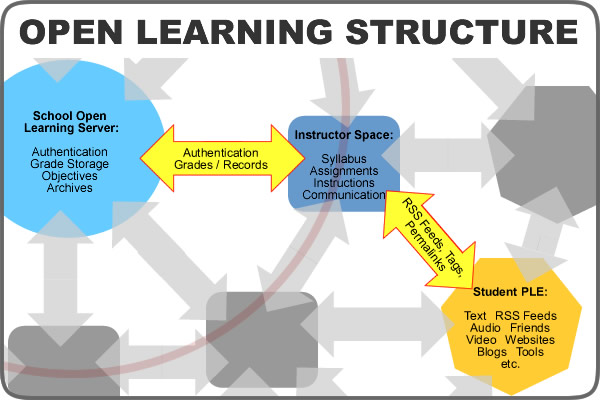If you haven’t heard of WebRTC, the low down is that it “is an API definition being drafted by the World Wide Web Consortium (W3C) to enable browser-to-browser applications for voice calling, video chat, and P2P file sharing without plugins.” But it not just an idea – Ted Curran points out many working uses of WebRTC that you can just plug into your website and set up all of the above in a snap.
Now imagine connecting these ideas to the Personal Learning Environment. The idea of of a PLE can now expand just beyond content and publishing tools. Someday you might not even need to care whether you decide to use Skype, Google Hangouts, or any other big company tool de jour. You would set-up your own F2F communication interface on your website and then start interacting with others in whatever tool they use (or their web site). Certainly this is not a new idea, just one that needs more awareness.
Between WebRTC, APIs, RSS, Domain of One’s Own, and host of other tools, we are getting closer to the idea of the browser being the LMS or Learning Environment of the future (although I may be the only one that calls it that – and I just do it to help admin types understand). This may seem like a moot point to some that are happy with Blackboard and other large companies, but for those that get theory, it will be a tectonic shift from being chained to focusing on what the tools can do (because the tools are so inflexible) to truly being able to focus on the learner and/or learning experience. Instructors – how much time do you spend explaining how to use technology tools vs the amount of time you spend focusing on what students are learning? If you are like most I work with, you spend most of your time explaining again and again how and where to upload assignments, mainly due to confusing systems. Imagine what it will be like when students create their own learning environment that interfaces with yours with ease and you can worry more about actual learning?
Matt is currently an Instructional Designer II at Orbis Education and a Part-Time Instructor at the University of Texas Rio Grande Valley. Previously he worked as a Learning Innovation Researcher with the UT Arlington LINK Research Lab. His work focuses on learning theory, Heutagogy, and learner agency. Matt holds a Ph.D. in Learning Technologies from the University of North Texas, a Master of Education in Educational Technology from UT Brownsville, and a Bachelors of Science in Education from Baylor University. His research interests include instructional design, learning pathways, sociocultural theory, heutagogy, virtual reality, and open networked learning. He has a background in instructional design and teaching at both the secondary and university levels and has been an active blogger and conference presenter. He also enjoys networking and collaborative efforts involving faculty, students, administration, and anyone involved in the education process.


